Think you need full sun to grow a thriving vegetable garden? Think again! Many vegetables can flourish in partial shade, making it possible to grow your own food even if your garden doesn’t bask in sunlight all day.
From leafy greens to root crops, these 23 shade-tolerant vegetables will surprise you with how well they grow with limited light. Whether you’re working with a shaded backyard or urban space, this guide will help you make the most of every corner of your garden.
Spinach
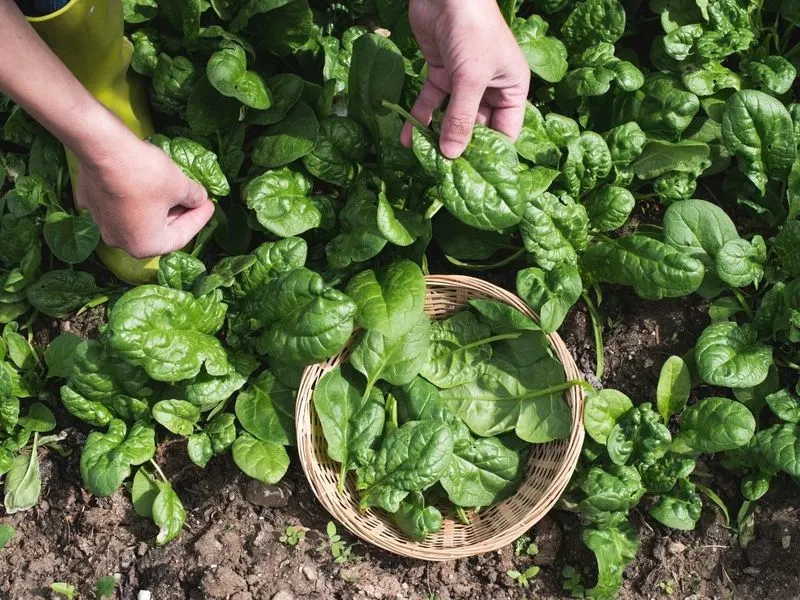
Tender spinach leaves are a powerhouse of nutrition and can thrive in shaded areas. Ideal for cooler climates, they grow best with less exposure to harsh sunlight, which prevents bolting. Plant spinach in rich, moist soil for optimal growth. Frequent watering ensures the leaves stay tender and sweet. A sprinkle of mulch can help retain moisture and provide nutrients. Harvest leaves regularly for continuous growth and a fresh supply. This versatile green adds depth to salads, smoothies, and cooked dishes, enhancing both flavor and health benefits in every meal.
Lettuce
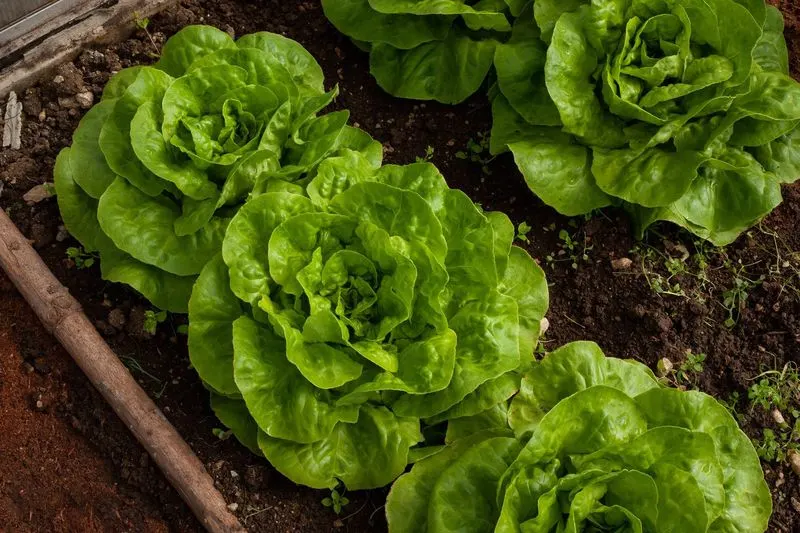
Lettuce varieties, like romaine and butterhead, flourish without direct sun. They prefer cooler temperatures, making them perfect for spring and fall planting. Consistent moisture is vital to prevent bitterness, so consider installing a drip irrigation system. Lettuce can be grown in small spaces, making it ideal for urban gardening. Regular harvesting encourages new growth, keeping your supply fresh. Use lettuce in salads, wraps, or as a garnish. Its crisp texture and refreshing taste make it a favorite among gardeners. This leafy green is a great starting point for those new to shade gardening.
Arugula
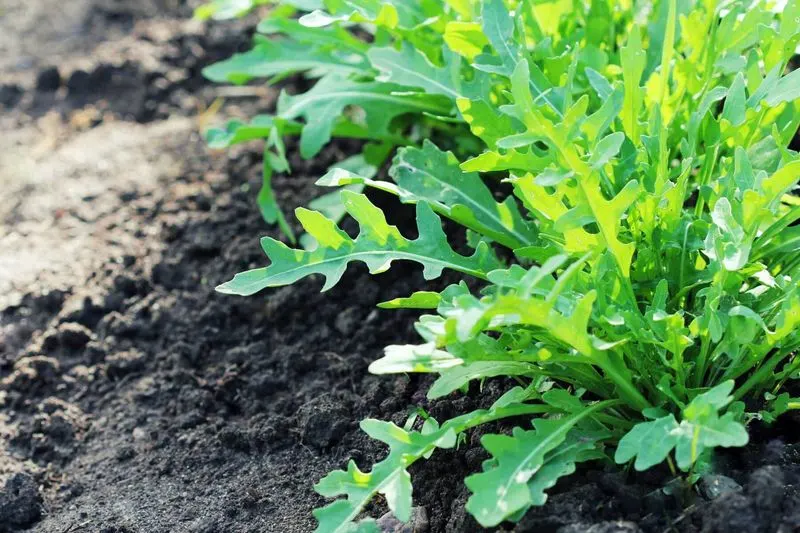
Known for its peppery bite, arugula thrives in cooler, shaded spots. This fast-growing green matures quickly, often ready for harvest in just a few weeks. Regular trimming promotes bushier growth and prevents the plant from flowering, which can make leaves bitter. Arugula’s robust flavor adds a punch to salads and pizzas. It also pairs well with creamy dressings or cheeses. Plant it successively for a continuous harvest throughout the season. Its adaptability makes it a beloved choice for gardeners looking to maximize their shaded spaces.
Chard
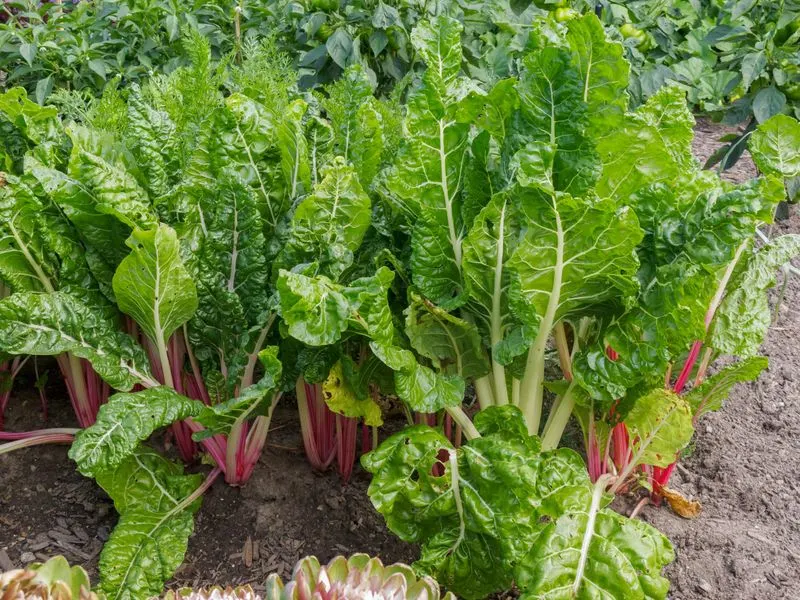
Chard, with its vibrant stems, not only adds color to your garden but also withstands less sunlight. It’s a hardy vegetable that adapts well to various conditions. Rich soil and regular watering keep its leaves tender. Harvest the outer leaves to allow the plant to continue producing. Chard is versatile in the kitchen, perfect for sautés, soups, or as a spinach substitute. Its slightly earthy taste enhances a wide range of dishes. This vegetable is a testament to how shade gardens can still be prolific and beautiful.
Kale
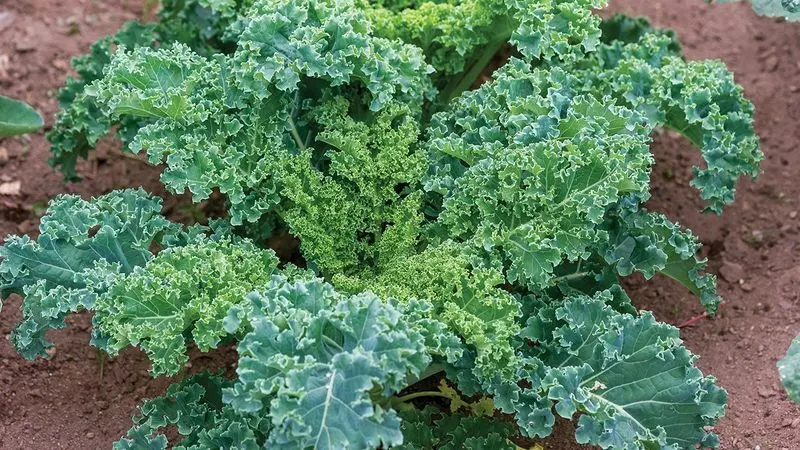
Kale’s resilience makes it a star in shaded gardens. Partial shade helps maintain its tender texture and mild flavor. Rich, well-drained soil and ample water contribute to hearty plants. Regular harvesting encourages new leaves, ensuring a steady supply. Kale is versatile, suitable for smoothies, salads, and cooking. Its nutrient density is unmatched, providing vitamins and minerals essential for a healthy diet. Try growing different varieties, like curly or Tuscan, to add visual interest and flavor diversity to your garden. This leafy green is truly a gardener’s delight.
Pak Choi
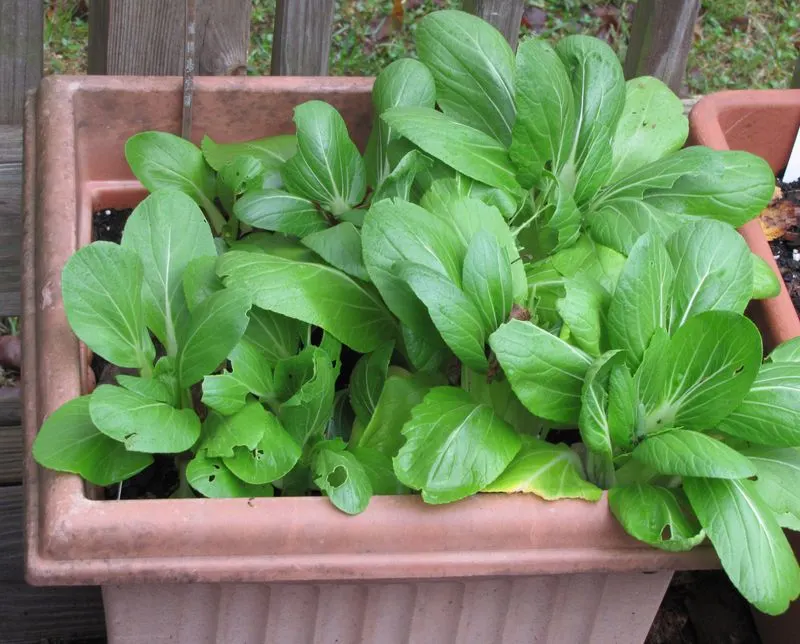
Pak choi is perfect for shaded areas, where it grows crisp and tender. Its compact size makes it ideal for small gardens or containers. Keep the soil moist and well-drained to prevent root rot. Pak choi matures quickly, allowing for multiple harvests in one season. Its mild, cabbage-like flavor complements stir-fries, soups, and salads. Regular harvesting ensures a continuous supply. This Asian green thrives in cooler temperatures, making it a versatile addition to any shade garden. Its easy-going nature and nutritional benefits make it a favorite for gardeners.
Beet greens

Often overlooked, beet greens are nutritious and thrive in shaded spots. They grow well alongside their root counterparts, offering a two-for-one harvest. Beets prefer cool, moist conditions and are less prone to bolting when shielded from intense sun. Harvest greens regularly to encourage root development. These greens can be used like chard or spinach, adding a mild, earthy flavor to dishes. Their vibrant red stems provide visual appeal in both the garden and on the plate. Beet greens are an excellent choice for maximizing harvests in limited sunlight.
Mustard greens
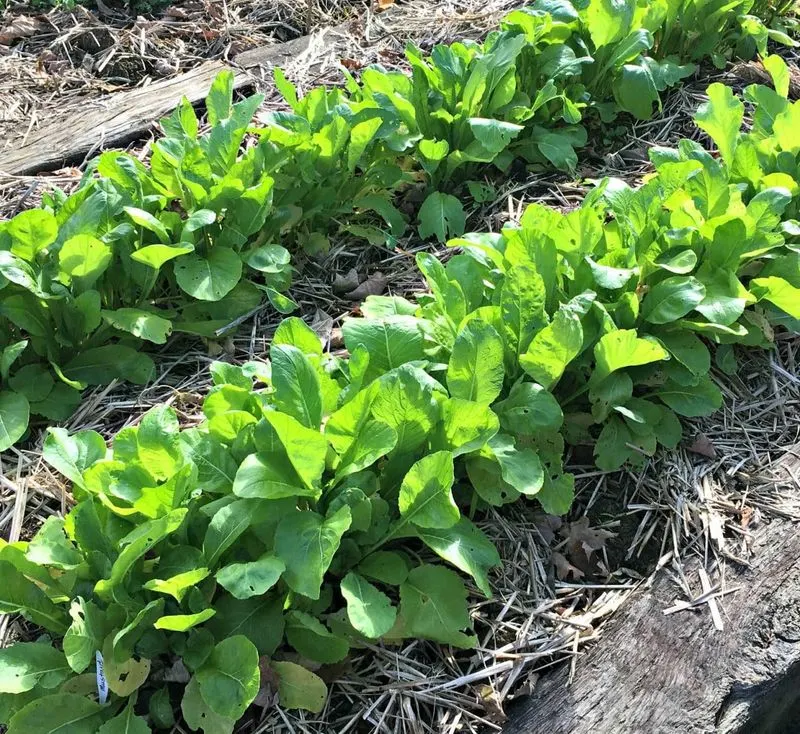
With their distinctive peppery flavor, mustard greens thrive without full sun. These fast-growing plants are perfect for sequential planting, providing continuous harvests. Regular watering and rich soil help maintain their bold taste. Mustard greens can be eaten raw in salads or cooked for a milder flavor. Their ruffled leaves add texture and visual interest to any dish. Growing them in shade extends the harvest period, as they are less likely to bolt in cooler conditions. Their versatility and robust taste make mustard greens a valuable addition to any garden.
Broccoli
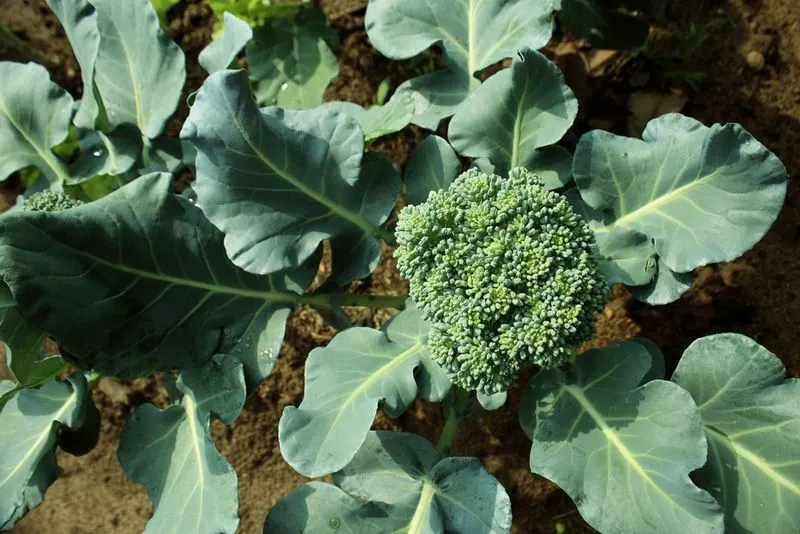
Broccoli can flourish in partial shade, especially in warm climates. Less sunlight helps maintain the plant’s optimal temperature, preventing stress. Use fertile soil and consistent moisture for best results. Broccoli heads should be harvested before the flowers open, ensuring a tender, delicious vegetable. This cruciferous vegetable is rich in nutrients, providing ample vitamins and minerals. It’s excellent for stir-fries, steaming, or roasting. Broccoli’s ability to grow in shade allows for longer growing seasons, making it a staple in diverse gardening environments. Its adaptability is truly impressive.
Cauliflower
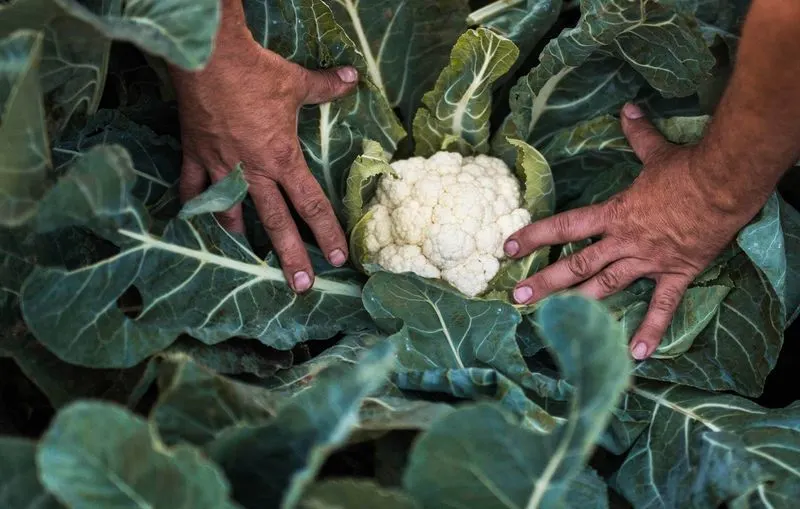
Cauliflower’s versatility extends to its growing conditions, as it tolerates partial shade well. Cooler temperatures prevent the heads from developing a bitter taste. Ensure the soil is rich and well-drained, and keep it consistently moist. Cauliflower is ready to harvest when the heads are compact and firm. It’s a versatile kitchen staple, ideal for roasting, mashing, or adding to stews. Growing cauliflower in shaded areas can extend your growing season, offering a robust vegetable packed with nutrients. Its unique texture and flavor make it a garden favorite.
Carrots
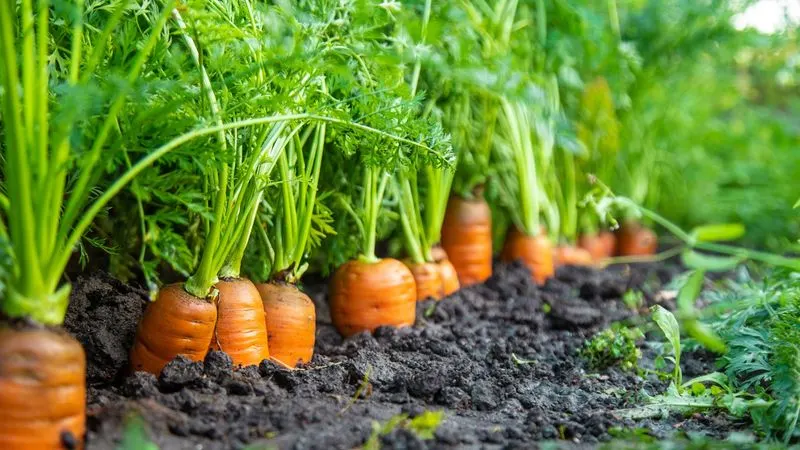
Carrots can grow successfully in partial shade, though they develop more slowly than in full sun. Loose, sandy soil is ideal for straight roots. Regular thinning prevents overcrowding and encourages larger carrots. These root vegetables are a staple in many dishes, from soups to salads. Their natural sweetness is enhanced when grown in cooler, shaded conditions, making them a delightful addition to your garden. Carrots’ adaptability to different light conditions allows gardeners to enjoy a harvest even in less than ideal sun exposure. Try different varieties for added interest.
Radishes
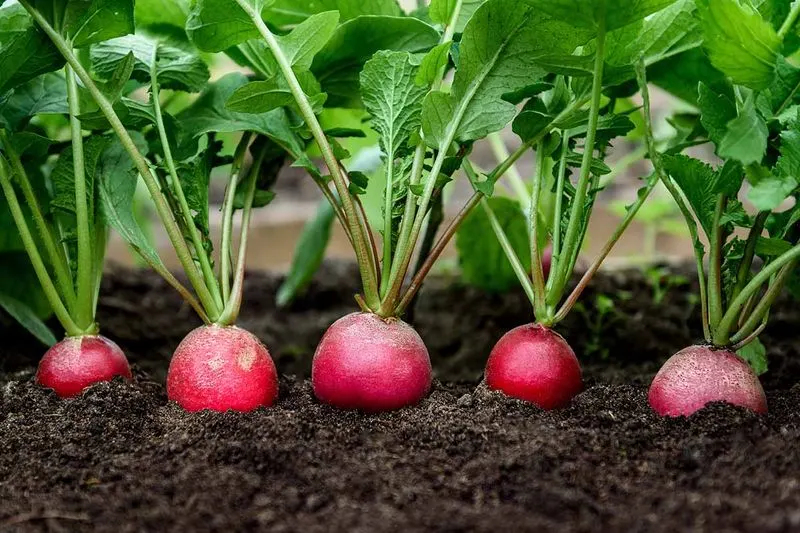
Radishes are a quick-growing root vegetable that can thrive without full sun. Their rapid maturation makes them ideal for sequential planting, providing a steady supply. Consistent moisture and loose soil ensure tender, crisp roots. Radishes add a spicy crunch to salads and can also be roasted for a milder flavor. Growing them in shade helps extend their growing season, preventing the roots from becoming too hot and spicy. This vegetable is perfect for beginner gardeners, offering quick rewards and an introduction to root vegetable cultivation.
Peas
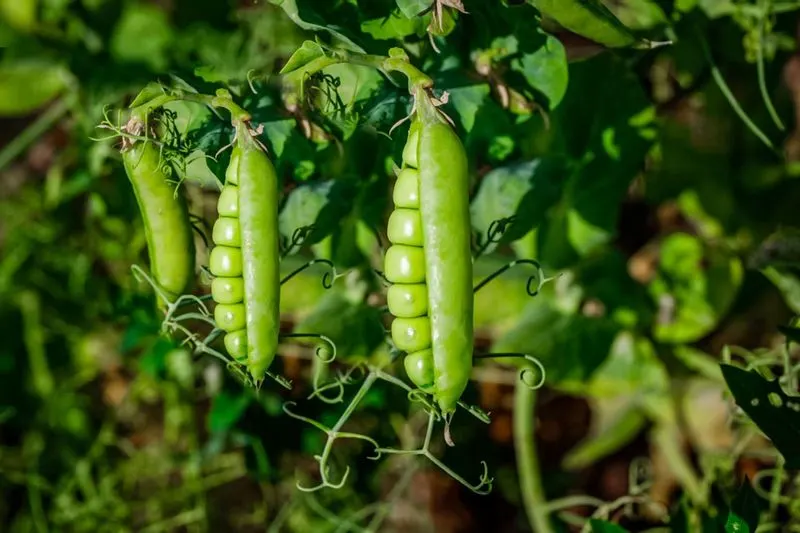
Peas are well-suited to cooler, shaded environments. These climbers benefit from support like trellises, which maximize limited space. Regular watering is key to a bountiful harvest. Peas are a versatile crop, enjoyed fresh, cooked, or frozen. Their sweet flavor complements a variety of dishes, from salads to stir-fries. Growing peas in shade helps prolong their growing period, as they prefer cooler temperatures. This makes them an excellent choice for spring and fall gardens. Their ease of growth and delicious yield make peas a favorite among gardeners.
Brussels sprouts
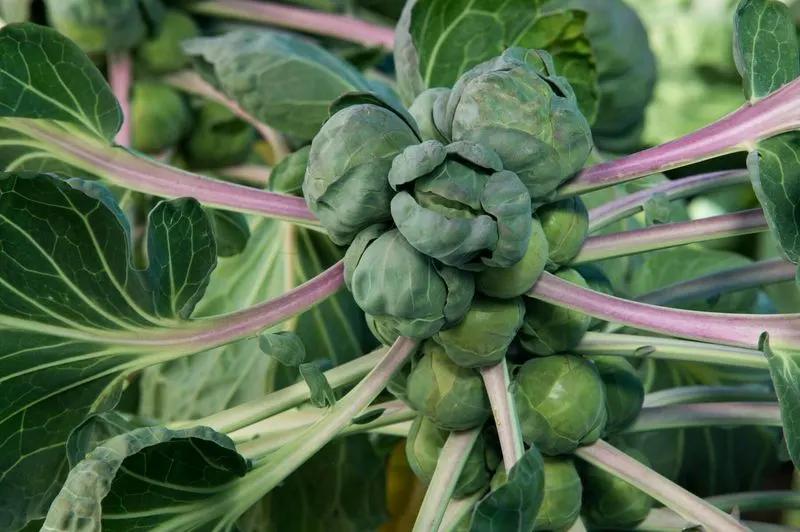
Brussels sprouts are a cool-weather crop that can thrive in partial shade. They grow tall, with each stalk producing numerous sprouts. Rich, well-drained soil and regular watering are essential for strong, healthy plants. These miniature cabbages are harvested from the bottom up, allowing the plant to continue producing. Brussels sprouts are rich in nutrients and can be roasted, sautéed, or added to casseroles. Their ability to grow in shade extends the growing season, making them a valuable addition for gardeners looking to maximize their harvests.
Cabbage
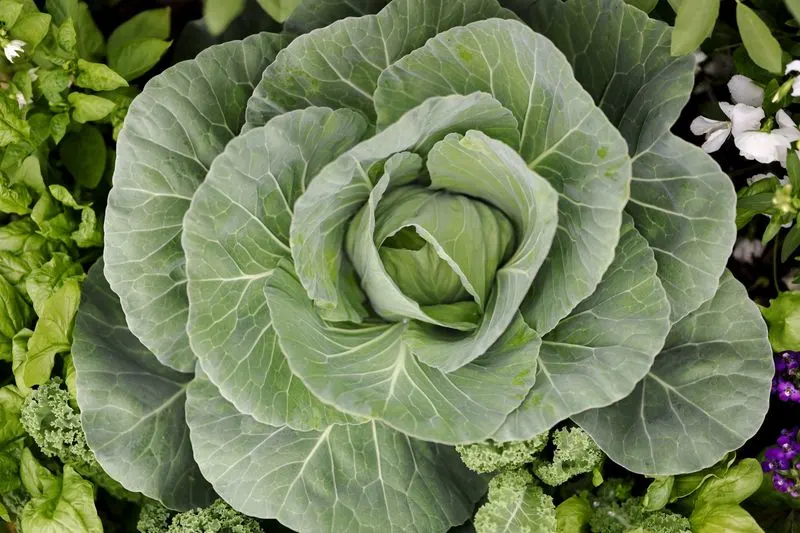
Cabbage is a flexible crop that can adapt to shady conditions. These hardy plants prefer moist, well-drained soil and consistent watering. Cabbage heads should be harvested when firm, providing a nutrient-rich vegetable for your kitchen. They are versatile in culinary applications, perfect for salads, soups, and fermentation. Growing cabbage in shade can prevent bolting and extend the harvest period. Its adaptability to various light conditions makes it a must-have for gardeners seeking diversity in their harvests. The robust flavor and texture enhance many dishes.
Celery
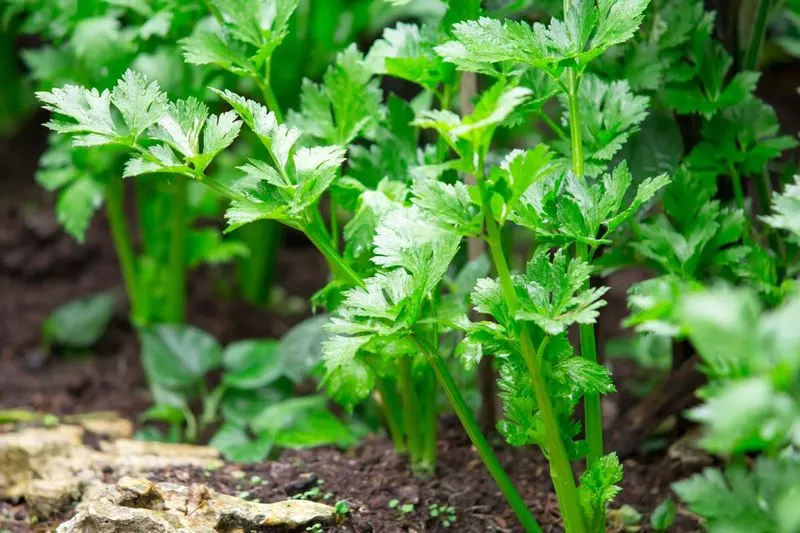
Celery prefers cooler, shaded spots, where it develops tender, flavorful stalks. Consistent moisture and rich soil are vital for healthy growth. Celery is typically slow-growing, but the patience pays off with crisp, aromatic stalks perfect for snacking or cooking. It is a staple in soups, stews, and salads, adding a fresh, savory note. Growing celery in the shade can reduce bitterness, ensuring a sweeter taste. Its unique flavor and versatility make it a rewarding challenge for experienced gardeners seeking to diversify their shade garden offerings.
Leeks
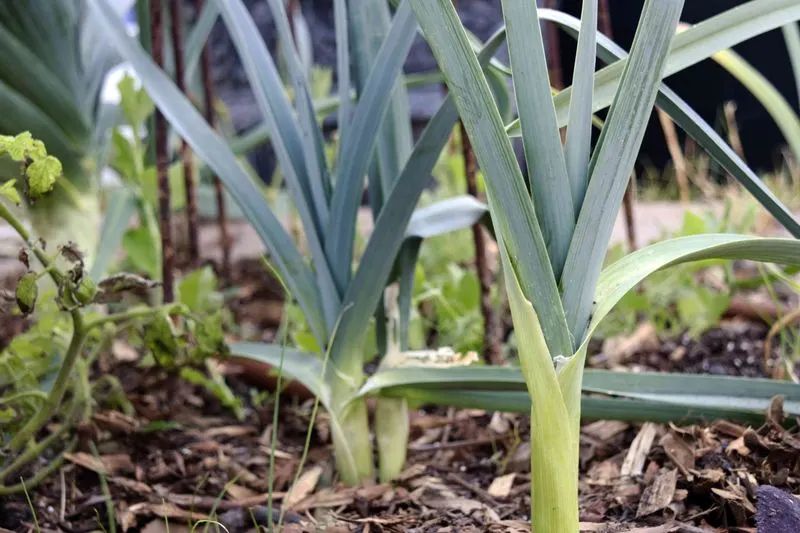
Leeks thrive in cool, shaded environments, where they grow long and slender. Rich, loose soil and regular hilling help develop their signature white stalks. Leeks are harvested in the cooler months, providing a mild, onion-like flavor that enhances soups, stews, and casseroles. Their ability to grow in shade makes them ideal for extending your garden’s production into the fall and winter. Leeks’ subtle taste and versatility in the kitchen make them an excellent choice for gardeners seeking to add variety to their shaded plots.
Scallions
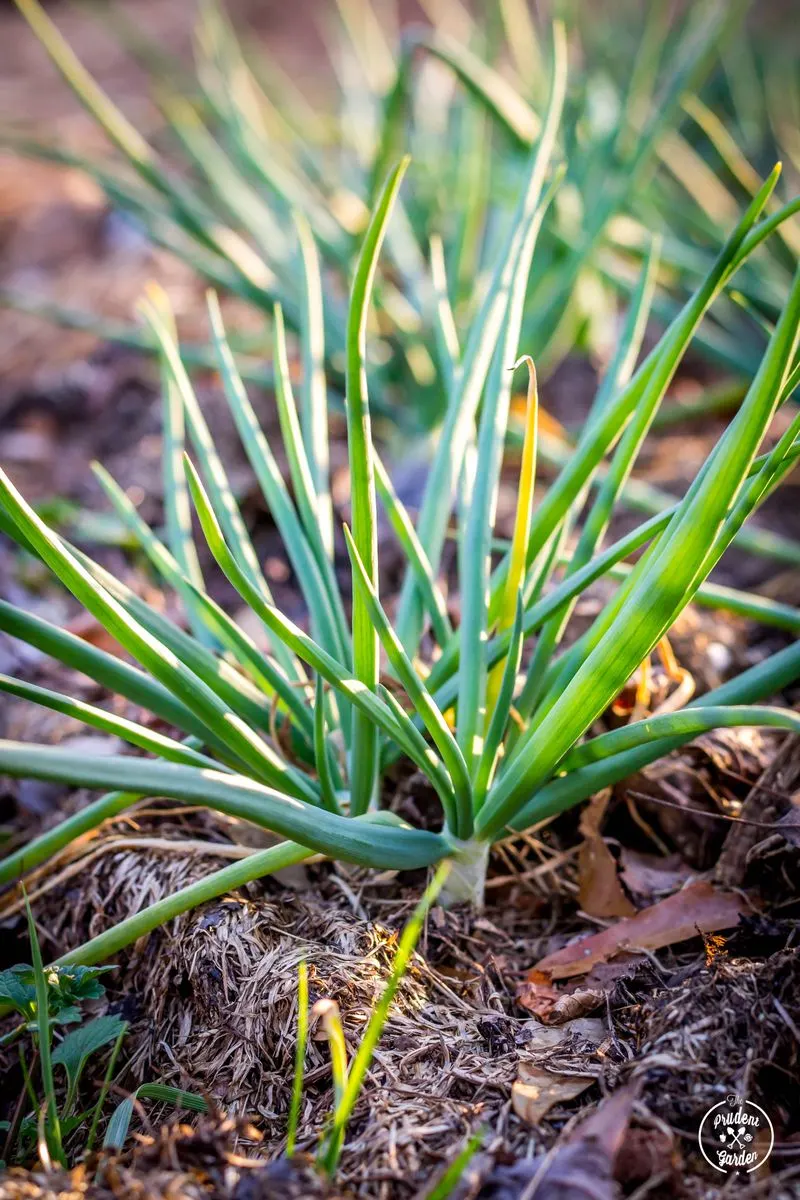
Scallions, or green onions, are perfect for shaded gardens, offering a quick-growing, flavorful addition to your culinary repertoire. They require little space and thrive in containers or garden beds. Consistent moisture and rich soil support their rapid growth. Scallions are harvested by cutting at the base, allowing for regrowth and a continuous supply. Their mild, onion-like flavor is perfect for salads, garnishes, and stir-fries. Growing scallions in shade helps maintain their tender texture and sweet taste. They are an excellent choice for beginner gardeners and culinary enthusiasts alike.
Garlic
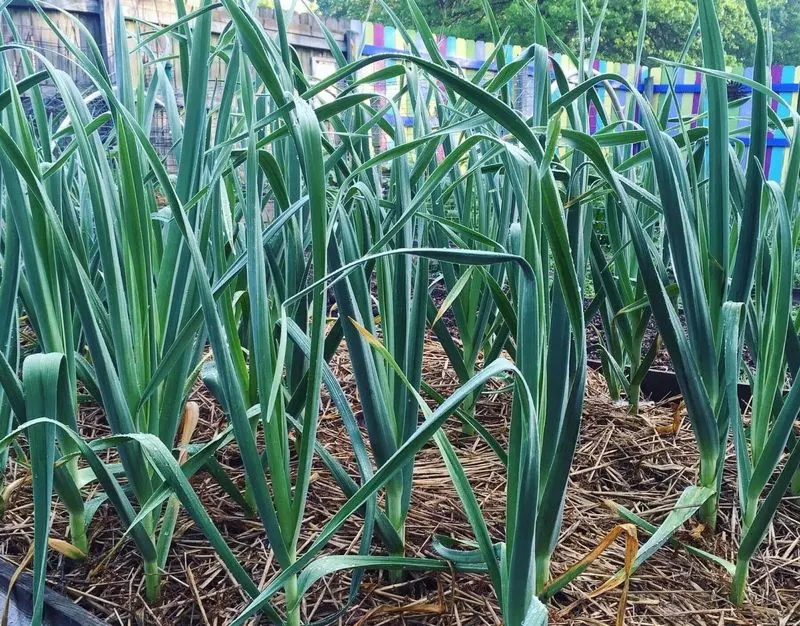
Garlic can grow successfully in partial shade, especially when planted in the fall for a summer harvest. This hardy bulb requires rich soil and consistent moisture for optimal growth. Garlic cloves are planted a few inches apart, with regular mulching to retain moisture and suppress weeds. Its pungent flavor is a staple in many cuisines, enhancing savory dishes. Growing garlic in shade allows gardeners to make the most of their space, ensuring a flavorful addition to their harvest. This low-maintenance crop is perfect for those looking to expand their culinary garden.
Parsnips
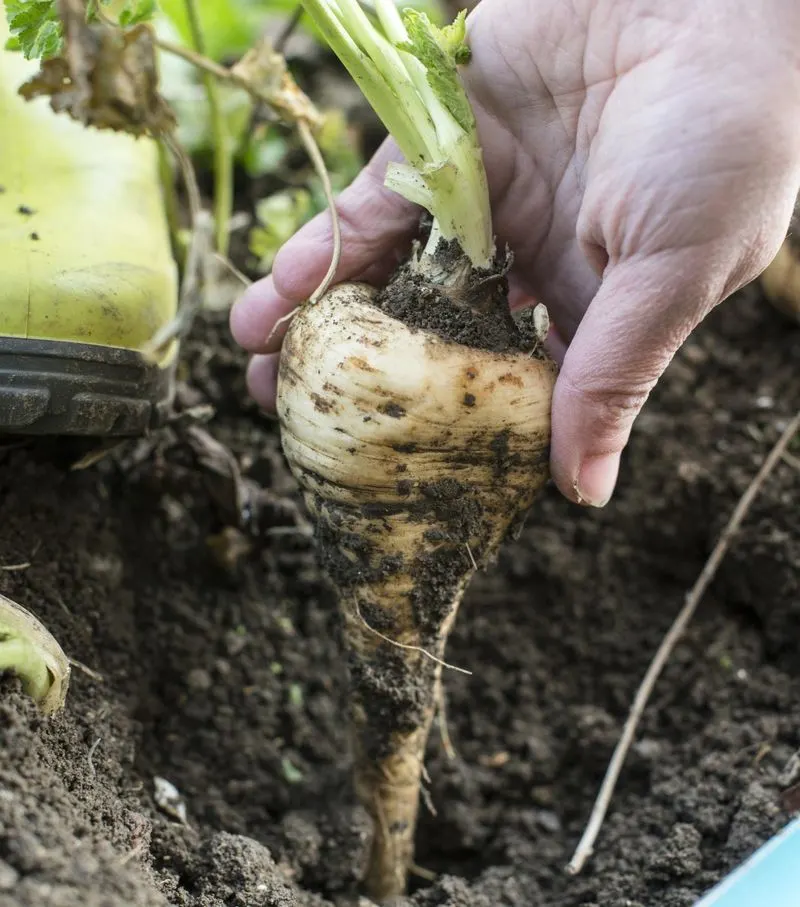
Parsnips thrive in cool, shaded areas, where they develop their sweet, nutty flavor. These root vegetables require deep, loose soil for straight growth. Parsnips are typically harvested in the fall, after the first frost, which enhances their sweetness. They add depth to soups, stews, and roasted vegetable dishes. Growing parsnips in shade can extend their growing season, offering a hearty addition to your garden’s produce. Their rich flavor and ease of cultivation make parsnips a rewarding crop for gardeners looking to make the most of their shaded spaces.
Turnips
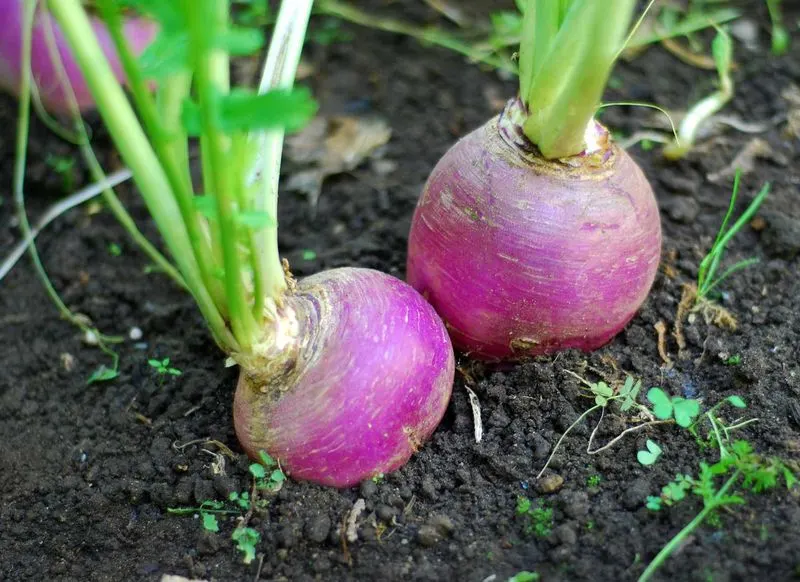
Turnips are a versatile crop that can grow in partial shade, providing both edible greens and roots. They prefer well-drained, fertile soil and consistent moisture. Turnips mature quickly, allowing for multiple plantings in a season. The greens can be harvested separately or with the roots, offering a peppery addition to salads and cooked dishes. Growing turnips in shade helps maintain their tender texture and prevents bolting. These quick-growing vegetables are ideal for gardeners seeking a dual-purpose crop that thrives in cooler, less sunny conditions.
Rhubarb
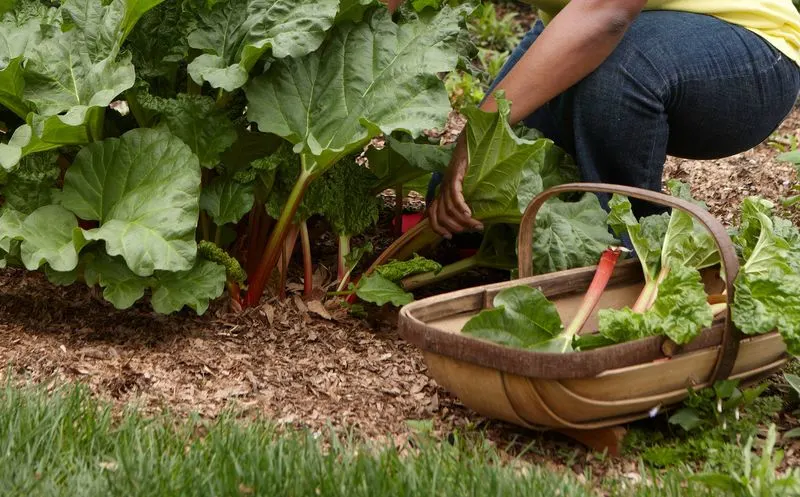
Rhubarb is a perennial plant that thrives in cooler, shaded environments. Its tart stalks are a popular ingredient in desserts and sauces. Rhubarb requires rich, well-drained soil and consistent moisture for healthy growth. Harvesting is done by pulling stalks from the base, leaving the plant intact for future growth. Its ability to grow in shade makes rhubarb an excellent choice for gardeners looking to maximize their perennial crops. The unique flavor and versatility of rhubarb enhance a wide range of culinary creations, from pies to jams.
Asparagus
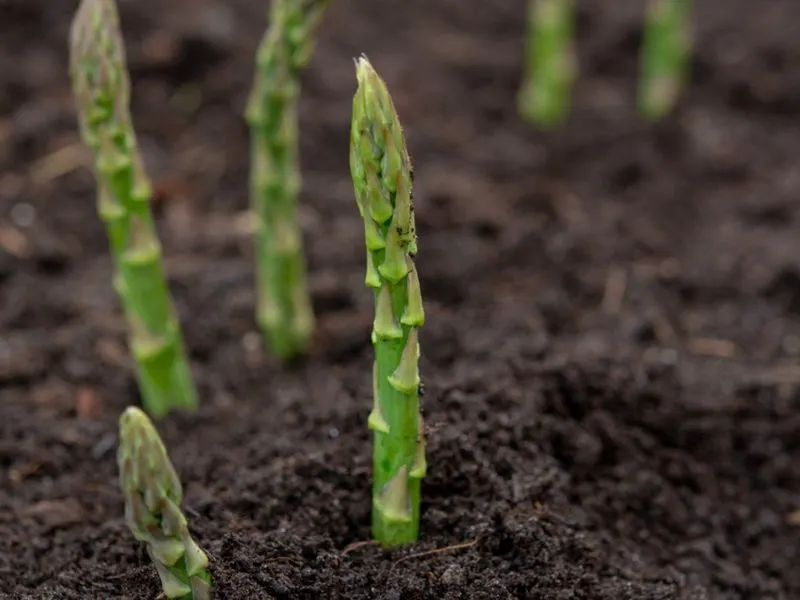
Asparagus is a long-lived perennial that can flourish in partial shade. It requires well-drained soil and consistent moisture for optimal growth. Asparagus spears are harvested in the spring, offering a tender, delicious vegetable perfect for grilling, steaming, or adding to salads. Growing asparagus in shade can extend its harvest season, providing a valuable addition to the garden. Its unique taste and nutritional benefits make asparagus a sought-after crop for gardeners looking to diversify their produce. This hardy plant offers rewards for years with proper care.

